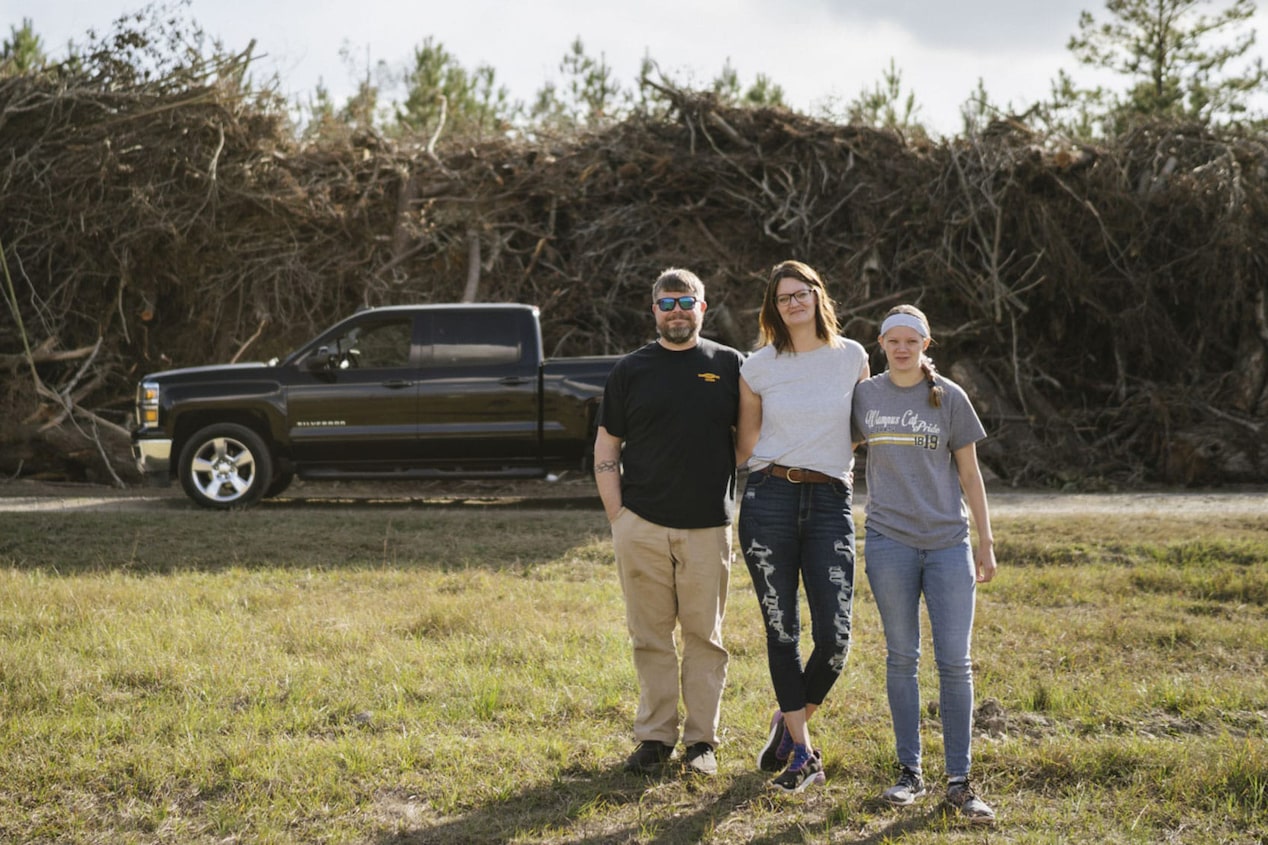Preparing for the worst with your furry friend
When it comes to emergency preparedness, it’s extremely important to have a plan in place. For instance, do you have an evacuation route? A way to communicate with family and friends? An emergency preparedness kit? And essential supplies in your car?
However, plans may often fail to consider the unique needs of family pets. Many emergency shelters and hotels do not accept pets, and it can be difficult to transport animals on short notice — especially large animals. This can force families to make a heartbreaking decision: either abandon their pet, or stay and potentially endanger themselves.
No family should ever have to decide between their own safety and that of their pet. Here are some steps you can take to prepare for an emergency and help protect your pets when disaster strikes.
Get your pet ID’ed
Thousands of pets are separated from their owners during a disaster, and it’s usually rare that they’re reunited. While a collar and tag are helpful, a microchip is the best means of ensuring you’ll be reunited with a lost pet. You’ll also want to have a recent digital photo of your pet in case you do get separated. Additionally, make sure to add a cell phone number to your pet’s tag.
Help alert First Responders
An emergency may occur while your pet is home alone. A pet rescue sticker placed in a visible location (on a front door or window) can alert First Responders about the type and number of animals in your home. If you are forced to evacuate from an oncoming natural disaster, such as a hurricane, be sure to indicate your pets are safely evacuated on the sticker so emergency personnel don’t waste time searching your home during cleanup efforts.
Create an emergency kit
You should already have an emergency kit for your family, so make sure it has the supplies your pet would need to get through an emergency: a crate or carrier, a week’s supply of food, water, any medicine they may need, an extra leash and collar or harness, and appropriate sanitation materials. You can also download the American Red Cross’ Pet First Aid app to help with a medical emergency.
Find pet-friendly shelter
Before an emergency, such as a wildfire, check along your evacuation route for shelters or hotels that accept pets. The CDC has links to sites where you can find pet-friendly lodging. Alternately, you can ask a local veterinarian for more information about reputable boarding facilities or shelters for your pets, or inquire with friends and family if they can house you or your pet in an emergency. You can also push your blue OnStar button for Crisis Assist,
Travel safely with your pet
In an emergency, you may be pressed for time. Have your pet’s crate or carrier ready to go at a moment’s notice, as an unsecured and frightened pet can easily bolt or injure itself during an evacuation. Be mindful of other animals you encounter as they may also be frightened or even dangerous to your pet.
Get started
For more information about preparing for a disaster with your pet, visit Ready.gov. The Humane Society of the United States also has information to help you prepare for a disaster if you’re responsible for other types of animals, including horses and farm animals or livestock.





